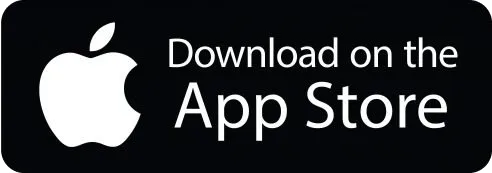Find out if financial aid can help pay for your summer classes. Learn what types of financial aid are available, how to apply, and what you need to know to get started.
In order to finish their degree sooner, many college students use the summer as an opportunity to enroll in more classes. In addition to being typically shorter than semesters, summer sessions can also be substantially less expensive because many classes can be taken at a community college.
It’s becoming a more and more common tactic. Summer classes taken at community colleges increase the likelihood that students will finish their degrees, according to the National Student Clearinghouse Research Center.
However, how is it paid for? Find out all you need to know about summertime financial assistance programs.

- Est APR = 4.89-9.04%
- MIn Credit Score = 680
- No fees.
4
editorial team. We score based on factors
that are helpful for consumers, such as
how it affects credit scores, the rates and
fees charged, the customer experience,
and responsible lending practices.
Why Students Take Summer Classes?
Whether you plan on taking classes at your current university or at a nearby community college, summer classes can be beneficial. You can retake classes you struggled with in the past to improve your grades, knock out core or elective course requirements and fast track your degree.
If you graduate early, you can reduce how long you’re in school by a semester or even a full academic year. It also helps lower how much you’ll have to spend on tuition, fees, and room and board for every term that you reduced while in college. And, you can start working to earn full-time income sooner.
Four Summer Financial Aid Categories
Is financial help available for summer courses? Indeed. There are several choices available to you:
Grants
Grants are a great place to start because they are a type of gift aid that frequently have no repayment requirements. There are various types of grants for which you could be eligible:
- Pell Grants: Pell grants may be available to students with low incomes. Federal Pell awards were formerly not available to students for summer courses. In 2017, the government made a change to that, allowing students to use Pell funds all year round to cover summer courses. The maximum amount that eligible Pell grant applicants can receive for the 2023–24 award year (July 1, 2023 to June 30, 2024) is $7,395.
- State grants: Some jurisdictions offer financial aid to students to cover the cost of their summer courses. For example, Pennsylvania State grants are available to qualified students through the Pennsylvania Higher Education Assistance Agency for the summer semester. To see if your state has a program like this, go to the website of your state’s education agency.
- Grants from institutions: There may be funding programs at your university created especially to assist students in covering the cost of summer courses. For instance, qualifying students can receive up to six credit hours of resident tuition and fees covered by the University of Colorado Boulder’s Achieve Summer program. To learn more about the programs offered, get in touch with the financial aid office at your institution.
Related: Navient is Quietly Offering Private Student Loan Forgiveness
Scholarships
Scholarships are an additional great method to lower your summer session expenditures as gift help. Schools, nonprofits, and for-profit companies can all offer scholarships. You can apply for scholarships and utilize the rewards to pay for your summer classes because most scholarships don’t have any restrictions on what term the recipient may use them.
Student Loans:
Although there aren’t any federal or private student loans designed specifically for summer courses, you can still use them to pay for your credits. You can apply for the same loans that you would for your fall and spring semesters, and they can be used for summer classes as well.
Federal student loans are preferable because they have lower interest rates and more flexible repayment options than private loans; however, they have annual borrowing limits that are applied to summer session tuition.
Additionally, there is an aggregate cap on the amount you can borrow for your education total:
- Undergraduate subsidized and unsubsidized loans: Depending on your dependent status and the year you are in school, federal loan restrictions for undergraduate students range from $5,500 to $12,500 each year. This limit applies to all loans you take out during the year, including the fall, spring, and summer sessions. The total limit for undergraduates is $57,500. Subsidized loans are limited to $23,000.
- Graduate unsubsidized loans: If you take out direct unsubsidized loans, the maximum amount you can borrow is $20,500 annually. The total amount is $138,500, which includes all loans used for undergraduate studies. Subsidized loans are limited to $65,500 of that amount.
- Graduate PLUS loans: Grad PLUS loans allow you to borrow up to the whole amount.
In contrast to federal loans, private lenders typically don’t have borrowing limits. Usually, you can withdraw enough money to pay for your program’s entire attendance costs.
Private student loans may have variable or fixed interest rates, but government student loans are always subject to fixed interest rates. Plans for repayment can also differ. You are able to select a private loan term that best suits your financial situation, with options ranging from five to fifteen years.
Related: Private Student Loans Of July 2024

- Est APR = 4.89-9.04%
- MIn Credit Score = 680
- No fees.
4
editorial team. We score based on factors
that are helpful for consumers, such as
how it affects credit scores, the rates and
fees charged, the customer experience,
and responsible lending practices.


 Read More
Read More 




